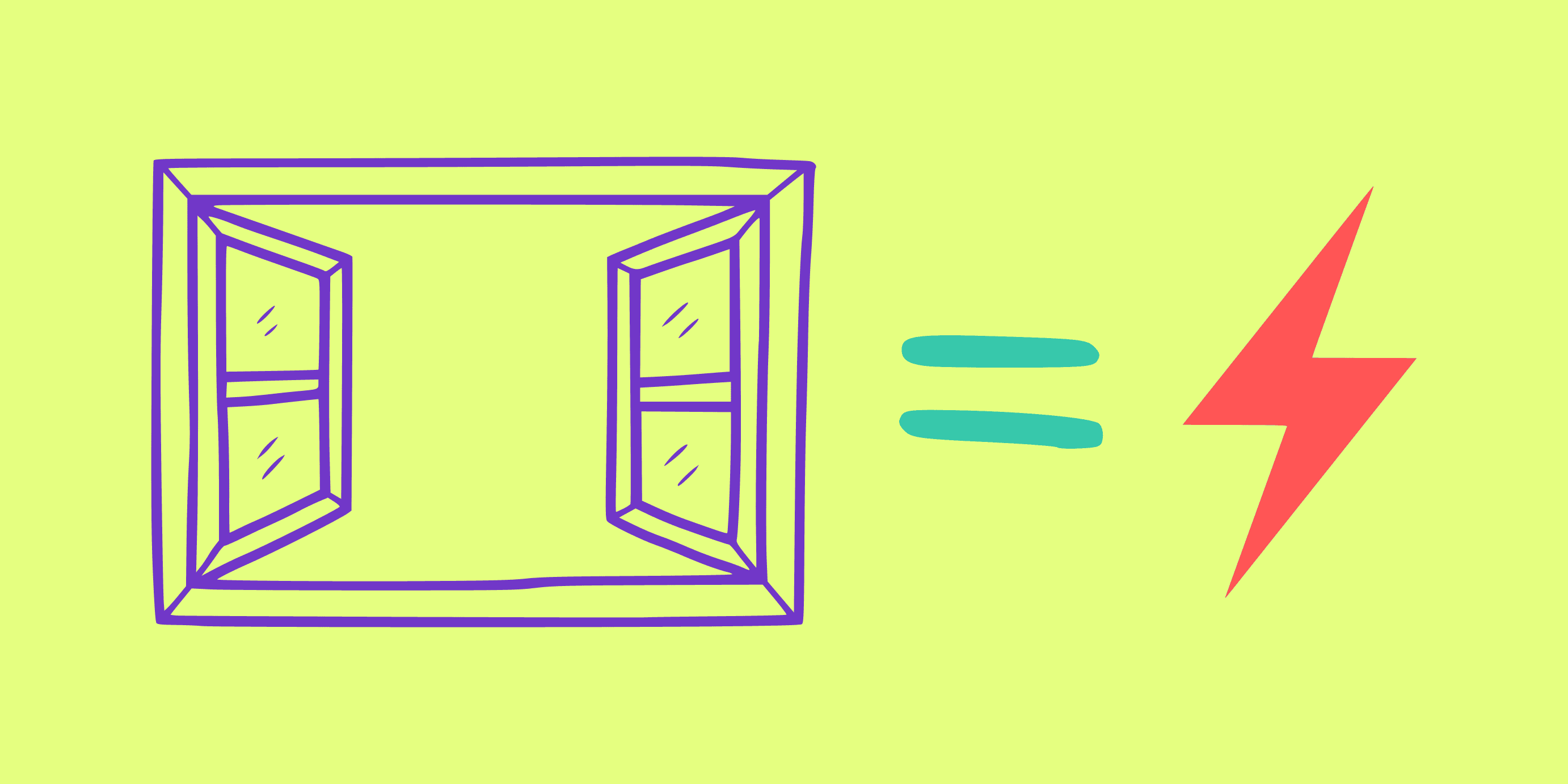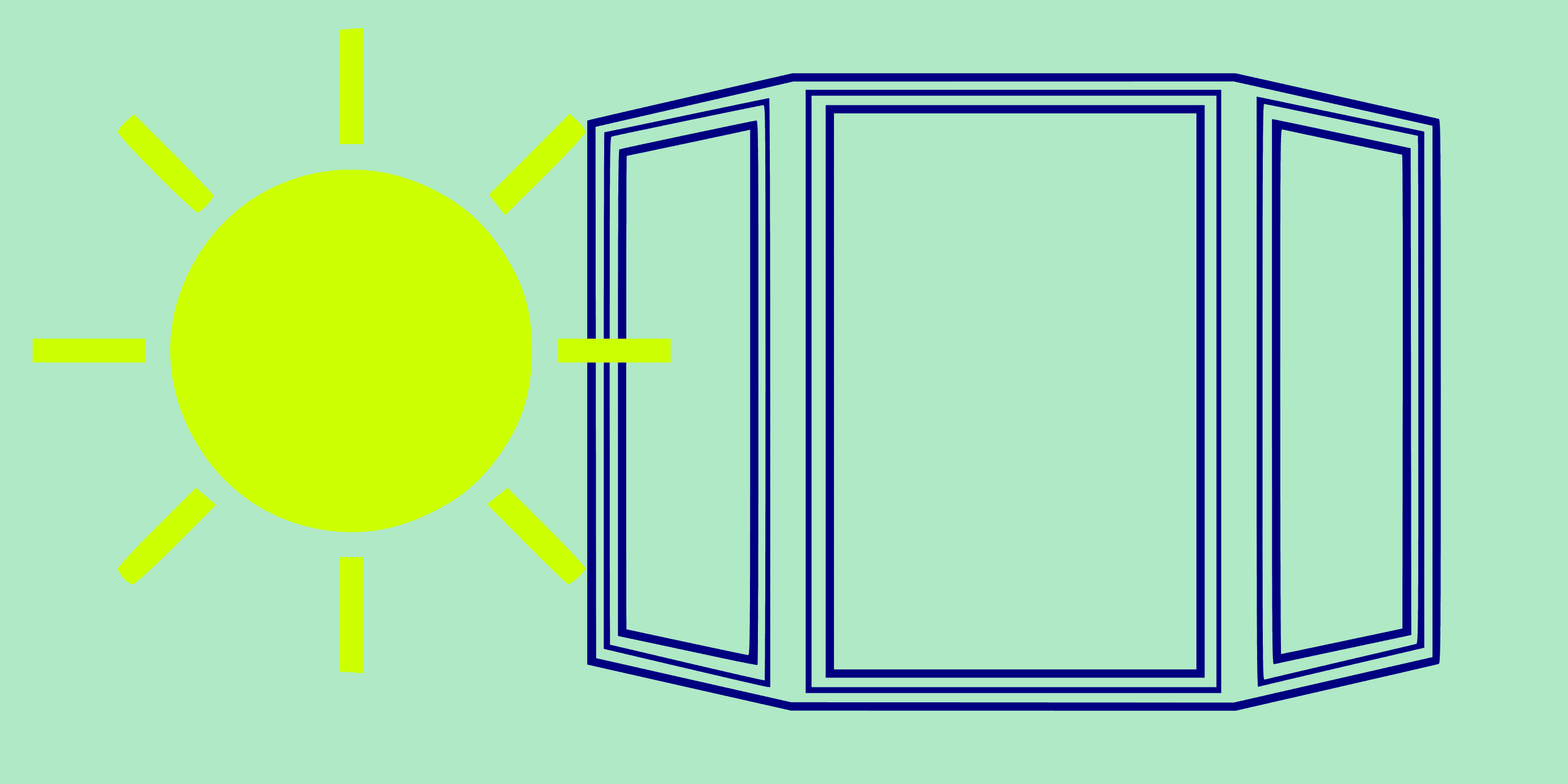Energy efficiency isn’t just a buzzword – it’s a crucial factor in reducing your home’s heating and cooling costs, which can account for 25%-30% of residential energy consumption due to heat gain and loss through windows. Whether you’re building a new home, or looking to upgrade your existing one, selecting the right windows is a significant step toward energy savings.
Should I Upgrade to Energy-Efficient Windows?
Everything seems to be more expensive these days, especially electricity costs, so it’s essential to find ways to maximize your home’s energy efficiency. One effective way to achieve this is by installing energy-efficient windows. These specialized windows are designed to minimize heat transfer, reduce energy consumption, and create a comfortable living environment for you and your family. The key is to invest in the most energy-efficient windows your budget allows. However, it’s not just about the price tag. The climate you live in plays a massive role in determining the best window type for your needs. Energy-efficient windows tailored to your local weather conditions can significantly enhance your home’s comfort while minimizing energy costs.
To minimize energy loss through your windows and enhance your home’s comfort, you essentially have two main choices:
- Update your existing windows
- Window replacement
Deciding between updating existing windows or opting for full replacement comes down to factors such as the current state of your windows, your home’s energy performance, and budget considerations.
Update Existing Windows to Improve Energy Efficiency
Not all window solutions require a complete overhaul. In many cases, a combination of updates to existing windows and strategic replacements can offer a balanced approach to improving your home’s energy efficiency. If your windows are still in good shape, several measures can be taken, such as:
- Seal Air Leaks: Inspect for drafts and seal them with caulking or weatherstripping.
- Upgrade Window Coverings: Choose energy-efficient window treatments that enhance insulation and control light.
- Install Storm Windows or Panels: Adding an extra layer of protection can significantly reduce energy loss.
- Apply Solar Control Film: This film reflects solar heat away from your windows, keeping your home cooler.
- Incorporate Exterior Shading: Awnings, external blinds, or overhangs can block direct sunlight, reducing heat gain.
Remember, proper installation is key to maximizing energy efficiency gains. Always check for air leaks post-installation to ensure the best performance.
Window Replacement
If upgrading your windows isn’t enough, window replacement might be the best path to enhanced energy efficiency. Here’s what you need to know:
Frame Material and Window Type: Choose materials and styles that best fit your home’s needs. Consult with a professional to see if you can replace the windows while keeping the existing frames.
Features and Specifications: Decide on glazing types, glass panes, gas fills, spacers, and how the windows operate.
Energy Efficiency Labels: Look for the ENERGY STAR label to ensure high efficiency. Additionally, check the National Fenestration Rating Council (NFRC) ratings for a comprehensive view of a window’s energy performance. These certifications guarantee that the windows meet high standards for energy efficiency.
Design and Performance: Consider design, energy use, labeling, warranties, and installation quality. Understanding how to read energy performance labels helps in comparing and selecting the most efficient windows.
Choosing energy-efficient windows involves considering multiple factors, from the type of window to its installation. By focusing on energy performance and proper installation, you can significantly improve your home’s comfort and reduce energy costs.
How Much Does Window Replacement Cost?
Estimate Window CostsWhat are Energy-Efficient Windows?
When it comes to windows, energy efficiency is determined by several factors, such as the window frame material, glazing type, and weatherstripping. Energy-efficient windows are designed to prevent unwanted heat loss or gain. They feature advanced insulation properties that help maintain a comfortable indoor temperature year-round. These windows are typically double-pane or triple-pane, which means they consist of two or three layers of glass with an air or gas-filled space in between. This construction helps to reduce heat transfer and minimize energy loss.
Energy-efficient windows often have low emissivity (Low-E) coatings applied to their glass surfaces. These coatings help to reflect heat radiation while allowing visible light to pass through, resulting in improved thermal performance. While Low-E coatings may slightly increase the price of windows, the overall long-term benefits of energy savings can make up for any additional costs. Traditional windows are known to be a significant source of heat gain in the summer and heat loss in the winter. By upgrading to energy-efficient windows, you can reduce your reliance on heating and cooling systems and the strain on your HVAC system.
Types of Energy-Efficient Windows
There are several types of energy-efficient windows available in the market today. The most popular options are double-pane and triple-pane windows with a Low-E coating. Let’s highlight some of the features and average costs of energy-efficient glass options:
- Double-Pane Windows: Double-pane windows are a popular choice among homeowners seeking energy efficiency. As the name suggests, these windows consist of two panes of glass separated by an insulating gas-filled space. The insulating airspace is typically filled with air or a low-conductivity gas, such as argon or krypton. These windows provide excellent thermal insulation and are a cost-effective choice, with prices averaging between $490 to $1,810 per window.
- Triple-Pane Windows: Triple-pane windows, on the other hand, offer even higher energy efficiency. As the name suggests, these windows have three layers of glass with two insulating gas-filled spaces. Triple-pane windows provide superior insulation and can significantly reduce heat transfer and energy loss, but this top-tier insulation comes with a higher price tag, ranging from $653 to $2,413 per window.
- Low-E Windows: Low-emissivity or Low-E windows are another excellent option for maximizing energy efficiency. These windows are coated with a thin, transparent layer of metallic oxide that reflects heat while allowing visible light to pass through. By reducing the amount of heat that enters or escapes through the window, Low-E windows help maintain a comfortable indoor temperature and lower your energy consumption. Low-E window prices range from $362 to $1,274 per window.
Additionally, window frame material plays an important role in the overall energy efficiency of your windows. Common frame materials include vinyl, wood, aluminum, composite, and fiberglass. Below, we’ve provided a chart that outlines window frame energy efficiency and the average cost per window:
Frame Material
Average Cost
Energy Rating
Aluminum
$671

Vinyl
$665

Fiberglass
$545

Wood
$1,483

Composite
$1,429

* Minimum | ** Average | *** Best
Choosing the right frame material to pair with window glass is essential for maximizing energy efficiency.
The Benefits of Energy-Efficient Windows
Energy savings are just one of the many benefits that energy-efficient windows provide. Some other key benefits include:
- Improved Comfort: Maintain a consistent indoor temperature
- Noise Reduction: The multiple layers of glass and insulation help block out external noise
- Reduced Condensation: Moisture can lead to mold growth and damage window frames
- Enhanced Home Look: Available in a variety of styles, designs, and frame materials
- Potential Increase in Home Value: Buyers prefer properties with energy-efficient features
Whether you prefer traditional or modern windows, there are energy-efficient options available to suit your preferences.
Which Energy-Efficient Windows are Right for Me?
Choosing the right energy-efficient windows for your home is a decision that requires careful consideration. Here are a few factors to keep in mind when making your selection:
- Climate and weather conditions in your area
- Orientation and shading of your house
- Overall architectural style and design preferences
Understanding Window Energy Ratings
When shopping for energy-efficient windows, look for products that carry the ENERGY STAR label. This label indicates that the windows meet strict energy efficiency standards set by the U.S. Environmental Protection Agency (EPA). In addition to ENERGY STAR, pay attention to other performance ratings, such as U-factor and solar heat gain coefficient (SHGC). These ratings provide insights into the window’s insulation properties and its ability to block unwanted heat gain.
Additional Energy-Efficient Window Tips
Here’s what to look for when comparing energy-efficient labels and ratings on windows:
Climate-Specific Choices: Those who live in colder climates should opt for gas-filled windows with low-emissivity (Low-E) coatings to minimize heat loss. These windows help retain indoor heat, making them ideal for colder regions. For warmer climates, choose windows with coatings designed to reflect solar heat, reducing heat gain, and keeping your home cooler.
U-Factor: This measures a window’s insulation effectiveness. In colder climates, a low U-factor is crucial for enhancing thermal resistance and reducing heat transfer.
Solar Heat Gain Coefficient (SHGC): SHGC indicates how much solar radiation a window lets through. In warmer climates, a low SHGC helps keep indoor spaces cooler by blocking unwanted solar heat.
Optimal Energy Savings: In areas that experience both hot and cold seasons, selecting windows that have both low U-factors and low SHGCs can maximize energy efficiency throughout the year.
Accurate Performance Metrics: Focus on whole-unit U-factors and SHGCs instead of center-of-glass measurements. Whole-unit values provide a more comprehensive view of the window’s overall energy performance, considering the frame and edge effects alongside the glass.
Energy-Efficient Window Installation
Selecting energy-efficient windows is just the first step toward enhancing your home’s comfort and reducing energy costs. Proper installation is key to ensuring the full potential of your windows is utilized. Here’s why expert installation matters:
- Professional Installation: To guarantee the effectiveness of your windows, have them installed by certified professionals who follow the manufacturer’s guidelines. Incorrect installation can decrease energy efficiency, comfort, and even void your warranty.
- Air and Moisture Sealing: Proper installation covers not just the window itself but also flashing and air sealing, all in accordance with the manufacturer’s specifications. A professional installation will ensure your windows meet their intended energy efficiency by preventing air and moisture leakage.
Custom Installation Practices
The process for installing windows can vary significantly based on several factors:
- Window Type: Different window types may require unique installation techniques.
- Home Construction: The materials your home is built from (such as wood or masonry) affect how windows should be installed.
- Exterior Cladding: The type of external covering (including wood siding, stucco, or brick) influences the installation approach.
- Weather-Resistive Barriers: The presence and type of weather-restrictive barriers also require specific installation methods.
Investing in energy-efficient windows not only contributes to a more comfortable and sustainable home but also offers long-term savings on energy bills. By understanding the basics of energy efficiency and selecting the right windows for your home, you can make a significant impact on your home’s overall energy costs.




